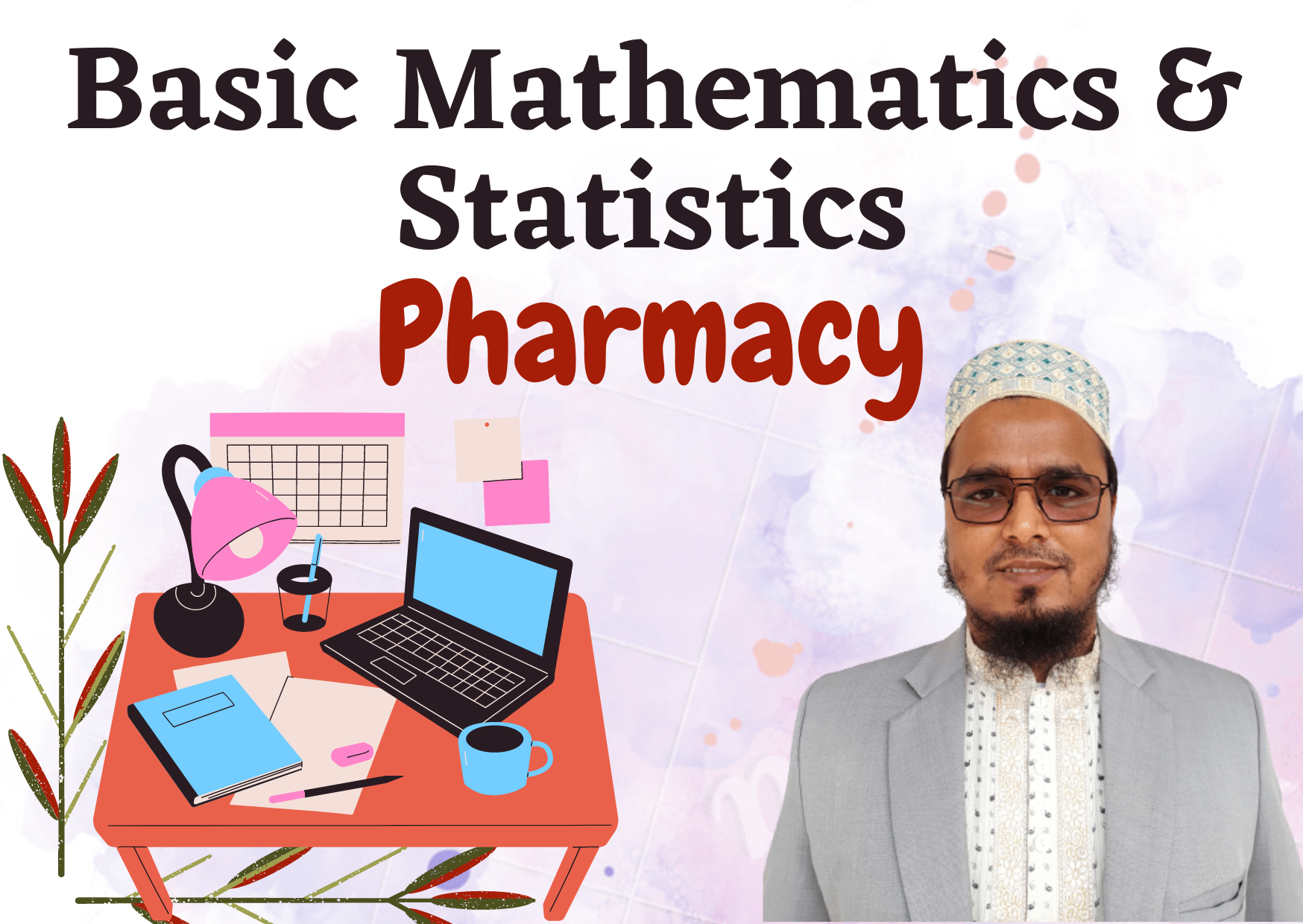
Course Objectives:
Calculus is one of the most crucial and fundamental tool in modern mathematics. It was developed and booked in the 17th century by the two famous mathematician and physicist Sir Isaac Newton and Gottfried Leibniz (For More information visit https://en.wikipedia.org/wiki/History_of_calculus). Calculus deals with infinitesimal quantities that play remarkable roles in Physics and Mathematics. Calculus is the language of engineers, scientists, and economists. The work of these professionals has a huge impact on our daily life - from your microwaves, cell phones, TV, and car to medicine, economy, and national defense.
Matrix is a major part of Linear Algebra. The introduction and development of the notion of a matrix and the subject of linear algebra followed the development of determinants, which arose from the study of coefficients of systems of linear equations. Leibnitz, one of the two founders of calculus, used determinants in 1693 and Cramer presented his determinant-based formula for solving systems of linear equations (today known as Cramer's Rule) in 1750. For optimization, factory management system and many other sector concept of matrix are widely used.
Etymologically the word ‘statistics’ is derived from the term ‘matters of the state’. Statistics is an important tool in pharmacological research that is used to summarize (descriptive statistics) experimental data in terms of central tendency (mean or median) and variance (standard deviation, standard error of the mean, confidence interval or range) but more importantly it enables us to conduct hypothesis testing. Statistical concepts and tools have been successfully applied for decades in such sectors as chemicals, automobile manufacturing, and computer chip manufacturing, but their use in the far more regulated pharmaceutical industry presents some unique challenges. The pharmaceutical industry is a heavy user of statistics, especially in the development of new drugs where it employs thousands of biostatisticians. Statistics was one of the major driving forces toward success when Dr. Paul Janssen founded his research laboratory in 1953.Course Outcomes:
- Develop basic math skills in calculus.
- Make students familiar with Limits, Curves, Derivatives and Integrals.
- Make students able to solve problems arises in the field of Engineering, Business, Economics etc. using calculus, linear algebra and statistics.
- Enhance student’s critical thinking and problem solving ability.
- Recognize properties of functions and its classification and various types of function with domain and range.
- Apply the procedure of differentiation accurately for implicit and logarithmic function.
- Use the derivative to find tangent lines, Normal and asymptote to curves.
- Perform accurately evaluating definite and indefinite integral using integration by parts, method of substitution and reduction of order.
- Understand and apply the procedures for integrating rational functions.
- Find matrix addition and multiplication.
- Solve system of linear equation and determinates.
- Plot graph of statistical data
- Find mean mode median , dispersion, moments, skewness and kurtosis
- Find correlation and regression line
- Know about rectangular coordinate, straight line, circle ellipse and change of axes.
- Teacher: Md. Mehedi Hasan
